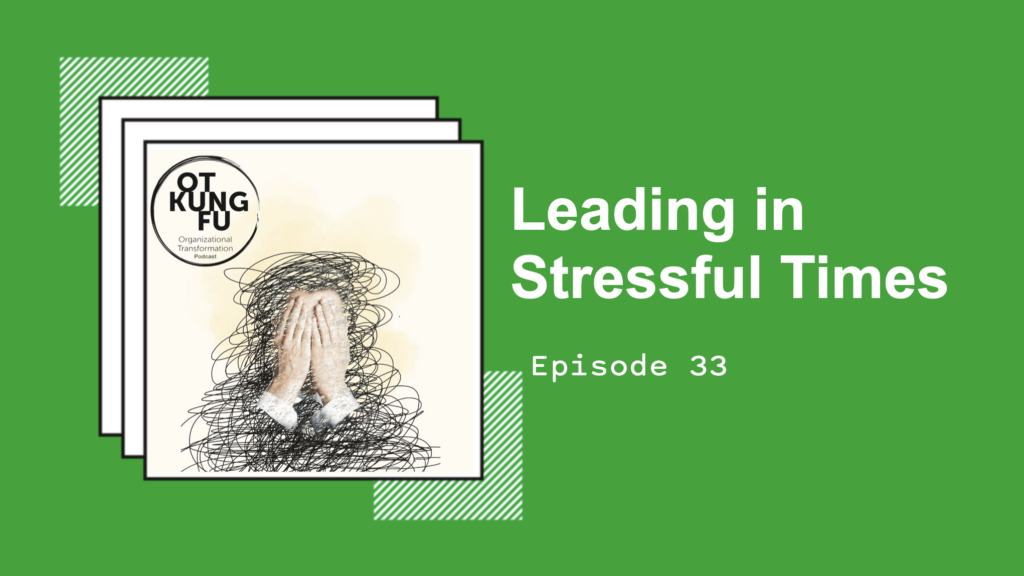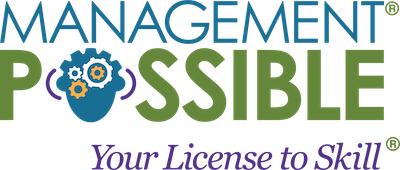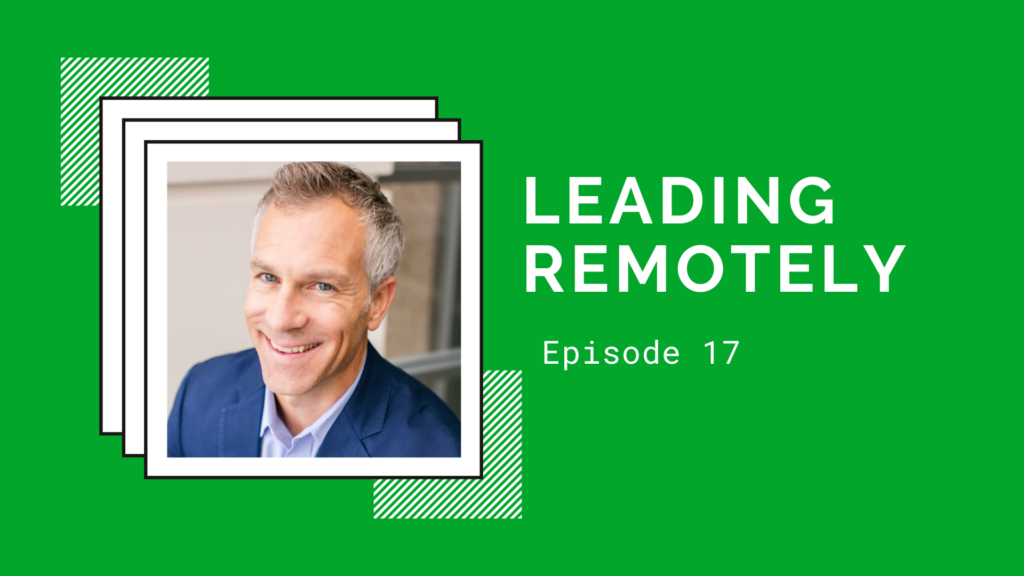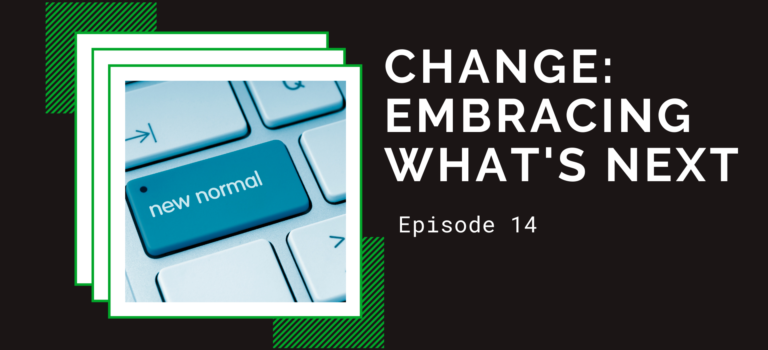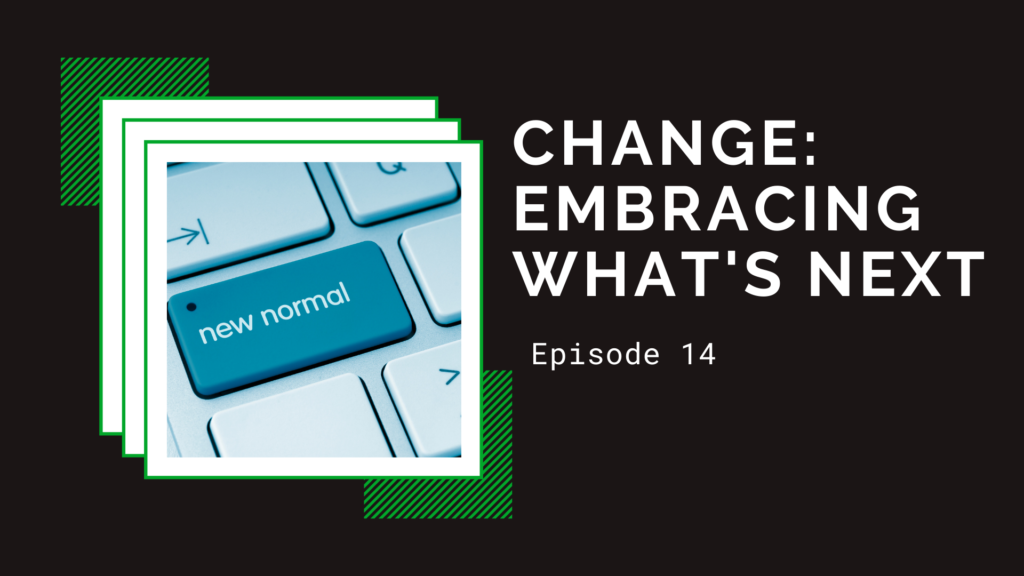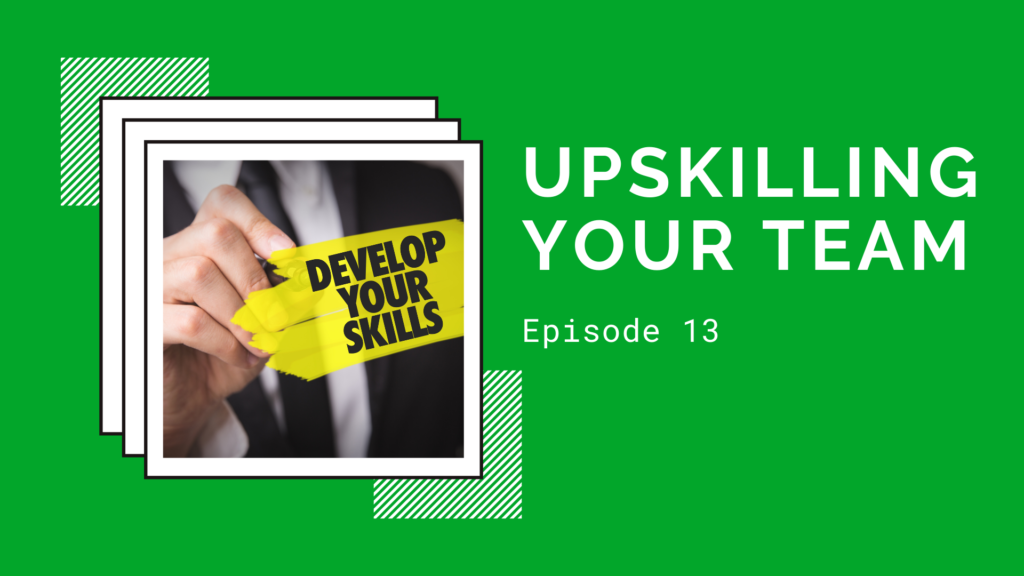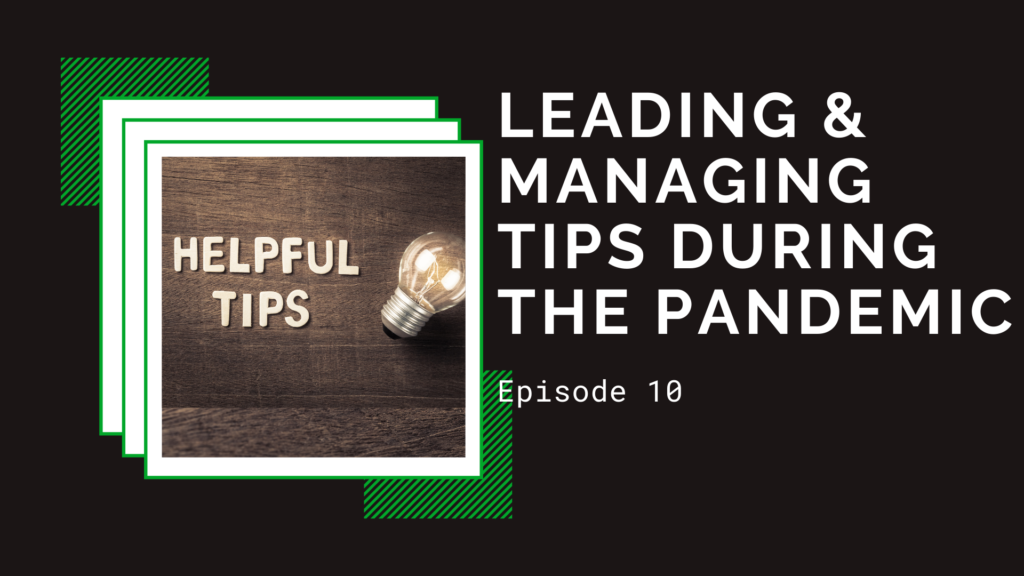Remote Teams: Success Tips from a Virtual Teaming Expert
Organizational change takes time to complete and even more time to master. It takes patience for the changes to take root. Now that teams work from home, and leaders are managing remote teams, there are new challenges causing the implementation of changes to be even more difficult. There are, however, a few things that organizations can do to make that change happen, as we’ve all become virtual team members in a very short period of time.
Trina Hoefling is an organizational development and transformational change consultant. She’s a graduate school professor, master teacher, strategic facilitator, leadership coach, and virtual team collaboration expert. She’s also the author of a book called Working Virtually, Transforming the Mobile Workplace and a contributing writer for The Handbook of High-Performance Virtual Teams.
OT KungFu was grateful to learn more from her expertise about virtual team building, managing remote teams, and everything a leader should know about teamwork from home.
Remote Workforces and Virtual Teams
Is there a difference between these terms?
There are certain terms you can use interchangeably: virtual worker, virtual team member, remote worker, all of those are interchangeable in day-to-day life. For our use, however, there is a difference between a virtual worker and a virtual team member.
Do those employees who work from home need to depend on each other to get the job done? Are they coworkers who are in an independent team, like in a call center environment? Or are they team members that need to work together to deliver their final product or service to their customer?
There are some things you need to know to engage the worker rather than the team member. Businesses treat every employee as a team member, whether they have to engage with others to get the work done or not because it’s collaborative.
But, the truth of the matter is, when we’re moved suddenly to a virtual environment, we have to ask ourselves two questions:
1) How much do the team members need to work together to get the job done and
2) How much is the virtual manager the conduit of the work?
Leaders and Remote Teams
A good team leader is always the most powerful piece, but when managing remote teams, they become even more important.
The virtual managers are the cream of the Oreo cookie. No matter what, they’re the primary connector of the workforce to the organization. Whether your manager is your primary contact or not, when you move to a virtual work environment, especially suddenly, that manager is your major connection with the organization, your major purpose giver, and your major contact.
It doesn’t remain that way, but at first, as people are trying to figure this out, that manager is a critical person in determining whether or not the employee can succeed. The virtual manager is the key influencer of work satisfaction and employee retention.
You take people away from their teammates, and they’re suddenly looking at their own four walls and wondering what signals they need to pay attention to and what’s most important. They need that manager to bring people together and recreate that connection to the workplace.
So what advice is there for a manager who’s just been thrust into this new virtual work environment, especially if they’ve never done it before?
How do they hold people accountable?
How do they manage results?
What do they need to do differently?
How do they know the team is really working?
First of all, the data suggests your team is working even harder because you don’t have those built-in stops and breaks. For a healthy, efficient team, the transition from team office work to teamwork from home is as simple as adding the word “virtual” to whatever you’re already doing. If you’re managing by results, now you’ll be managing by results virtually. The real question is:
How do you know they’re working now? How do you know they’re getting the job done in a normal office setting?
Do you have a result and management process in place? Do you have a performance evaluation system? Do you do coaching sessions? How do you observe behavior?
In short: What do you do now?
If you’re managing by sight alone, you’re not managing. Whatever you sucked at before your team moved into a virtual space, you’re really going to suck at it now. If you didn’t know how to really manage your team before, it’s going to be even more difficult now.
It all comes down to communication skills, and if everyone is out-of-sight, and you have no idea how to manage or communicate with others when they’re out-of-sight, then that’s where you have to start.
Pick up the phone, have a conversation, get an understanding of what’s going on, and what you’ll find is, as time goes on, fewer phone calls will be needed. But, if you’re starting from the ground up, it’s going to depend on how often and frequently you’re contacting people to really find out where things are. If the correct systems of communication aren’t already in place, you’ll have to create them. Watch for areas where the disconnects are happening that may not have shown up before.
If you feel like somebody is not doing their job, or that a coworker’s not working as much, if there’s a system in place where the leader is regularly touching base with the team, and genuinely wants to connect, those issues will take on a completely different tone.
The Top Skills of a Successful Virtual Leader
First, good communication skills: written and oral are imperative. You don’t have to be an extrovert to be a good virtual manager. That’s a myth that we should dispel right now. You do have to care about your team members and be willing to reach out to them, but not as “big brother, big sister” oversight. What’s needed is the human-to-human connection. Authentic care about your team, communicated through the time and attention you dedicate to intentional, relational communication.
Those are the big things: interpersonal skills and caring. The other one is being clear, and helping the team be clear with each other so that you can start establishing trust in this new world. A good leader that is trusted can help a team accomplish that better and faster, rather than a leader that is hands-off and disconnected from the team.
The Needs of a Virtual Team
What about the virtual worker? What are they experiencing coming into this? Panic, fear, and isolation.
Obviously, as a manager, there’s only so much you can do, but as far as work goes, some people are more comfortable using digital tools than others. Assuming that some of the team is not as comfortable, we still all have to use these tools, share information properly, and get on video conferencing once in a while.
So how do we make this part of life separate from panic, fear, and isolation?
Workers and virtual professionals can get some fun-time learning to use the tools: doing a collaborative brainstorm on a whiteboard, some light-hearted practice playing with annotations, and other forms of opportunities. Allowing them to be a learning professional who is in transition, and communicating that the expectations have shifted, will simplify things and get people’s confidence and comfort up, so they can go back to focusing on the work they’re there to do, instead of how they’re having to do it. Virtual team building doesn’t have to be completely separate from practical work or run by an external team for a one-time experience.
Teaching and training team members together as a group is also important. Let’s do some fun things, let’s make some mistakes together, share part of this transition as a team, so that we avoid the panic and isolation that might set-in if you’re forced to go through this process without sharing the experience with others.
No matter who you are, mistakes will be made. There will be miscommunications. Just plan on them, and make an agreement to assume positive intent and talk about it. The little frustrations can really collect and show up in a virtual environment. You can hide it from each other, but you’re still steaming inside.
Creativity and breaking up the day-to-day can reveal really great information on the status of your team. A mix of virtual team-building activities that range from practical to relaxing or stress-relieving is vital to managing remote teams well. Virtual happy hours, free online webinars using Zoom, letting somebody else teach the whole team together, are just a few examples.
Through these experiments, you can find the invisible threads that are connecting the individuals on your team. If that thread is M&M’s, start mailing out packets of hard boxed M&M’s to all the team members.
Be creative and fun, and realize that even in a non-crisis environment, when you are virtual, you need to make time to have some fun together, whether it’s a virtual pizza party or a virtual office tour.
But these are the extra pieces. What is the foundation of a high-performance virtual team?
3-Step Process for High-Performance Virtual Teams
The first step is simple. Develop your team.
Identifying who’s going to be on your team, helping them get to know each other, creating the right dynamic between team-members through virtual team-building opportunities, and negotiating agreements.
The second step is to support your team. This is a shared responsibility with the manager and the team members. Team care, clear flow of communication, and project scope have to be done together. Managing a remote team doesn’t mean the leader has to drown themselves in responsibility. The problem isn’t that we’re asking too much from our team members who work from home, it’s that maybe we’re not using their energy, gifts, and talents properly.
One of the most disappointing findings right now is that before the crisis, 70% of virtual team members reported they felt they were not trusted, and that they were left out of critical communications which impacted their ability to do their job.
That’s high.
Distance and Unconscious Bias
We could go on and on about distance and unconscious bias, but we’ll cover it quickly.
We think like cavemen. We’re creatures of habit and we tend to trust the people we see right next to us, or at least we pay more attention to them. In our unconscious mind, we believe that somebody far away can’t be as dangerous or as helpful, because they’re not there. It’s inaccurate in today’s world, but our brain still works the same way.
This is an opportunity to get into better habits: be more intentionally inclusive, right? Nothing like a good crisis to help you grow your leadership skills!
Likewise, the team members have the responsibility to speak up and ask. It’s not all on the manager. The best way to keep each other engaged, informed, and supported is by delivering results. We all want to be part of a successful team, and if we deliver results, then we can learn to work together.
For more great resources on teamwork from home, managing remote teams, or virtual team building, check out the combined brainpower of Jennifer Long and Sandi Verrecchia on the OT KungFU podcast, or learn more about their individual work through Management Possible and Satori Consulting Inc.
Jen is the owner of Management Possible® focused on training and coaching multi-level management and leadership individuals and teams nationally and globally. Sandi is the owner of Satori® Consulting inc. a global consulting firm focused on helping organizations solve complex problems in strategy, leadership and governance.
